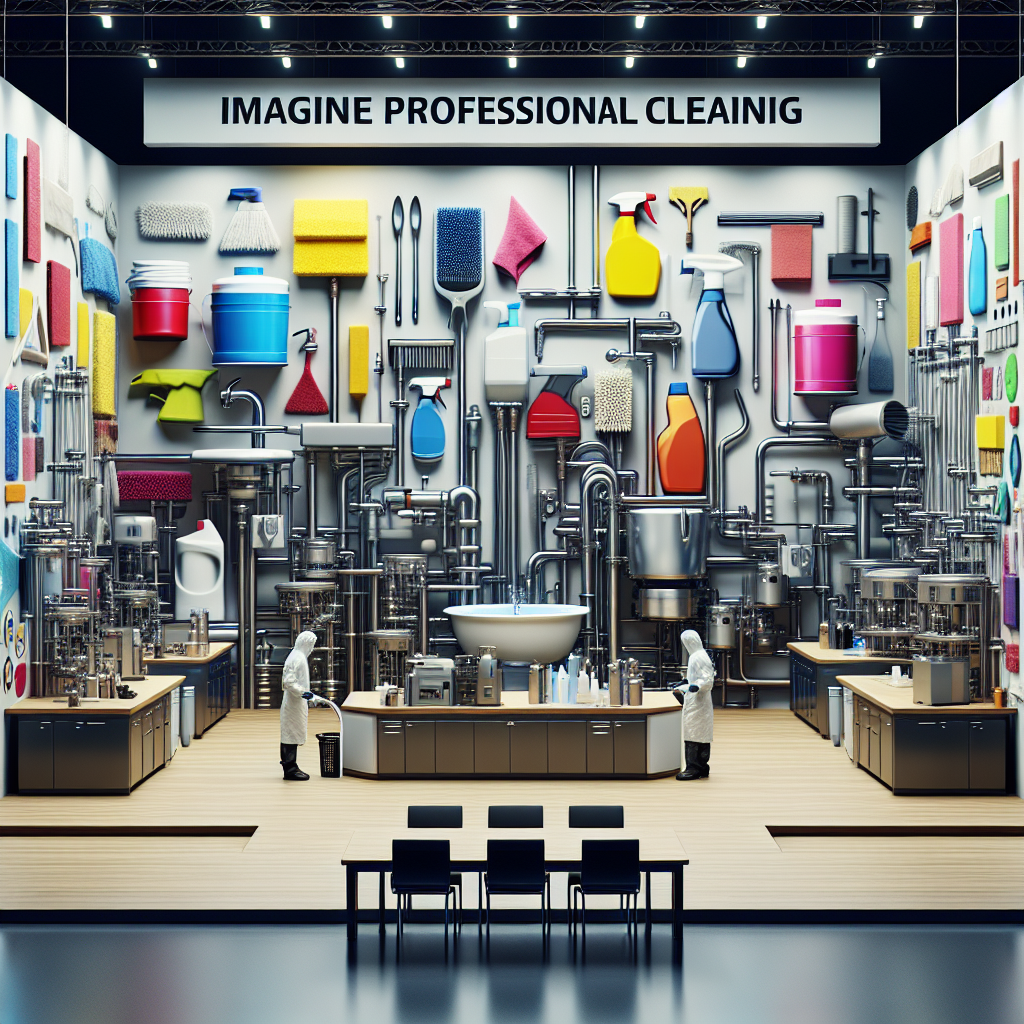Understanding the Importance of Preventing Equipment Damage
Equipment damage can lead to costly repairs, downtime, and even safety hazards for your team. As someone who has witnessed the consequences of neglecting equipment maintenance firsthand, I cannot stress enough the significance of proactive measures to prevent damage.
Tips for Preventing Equipment Damage
- Invest in Quality Equipment: High-quality tools are more durable and less prone to damage.
- Train Your Staff: Proper training on equipment usage can prevent mishandling and damage.
- Implement Regular Inspections: Scheduled inspections can catch potential issues early.
- Follow Manufacturer Guidelines: Adhering to maintenance instructions can prevent premature damage.
- Provide Protective Gear: Equipping your team with proper gear can safeguard equipment from wear and tear.
Common Causes of Equipment Damage
Throughout my extensive career, I have identified some common culprits behind equipment damage. Understanding these causes can help you take targeted preventive actions to safeguard your tools.
- Neglecting Maintenance: Skipping maintenance routines can lead to accelerated wear and tear.
- Overloading Equipment: Exceeding weight or capacity limits can strain equipment and cause damage.
- Incorrect Storage: Improper storage conditions can result in corrosion or mechanical issues over time.
- Harsh Cleaning Chemicals: Using corrosive chemicals can deteriorate equipment components.
- Ignoring Warning Signs: Ignoring strange noises or performance issues can escalate damage.
Proactive Maintenance Strategies
To mitigate the risk of equipment damage, I recommend implementing proactive maintenance strategies tailored to your specific tools and operations. Here are some effective approaches that have served me well over the years:
- Develop a Maintenance Schedule: Create a routine schedule for inspections, cleaning, and lubrication tasks.
- Provide Ongoing Training: Keep your team updated on proper equipment handling and maintenance practices.
- Use Protective Measures: Implement protective measures such as guards or covers to prevent accidental damage.
- Keep Detailed Records: Maintain thorough records of maintenance activities and equipment history for reference.



